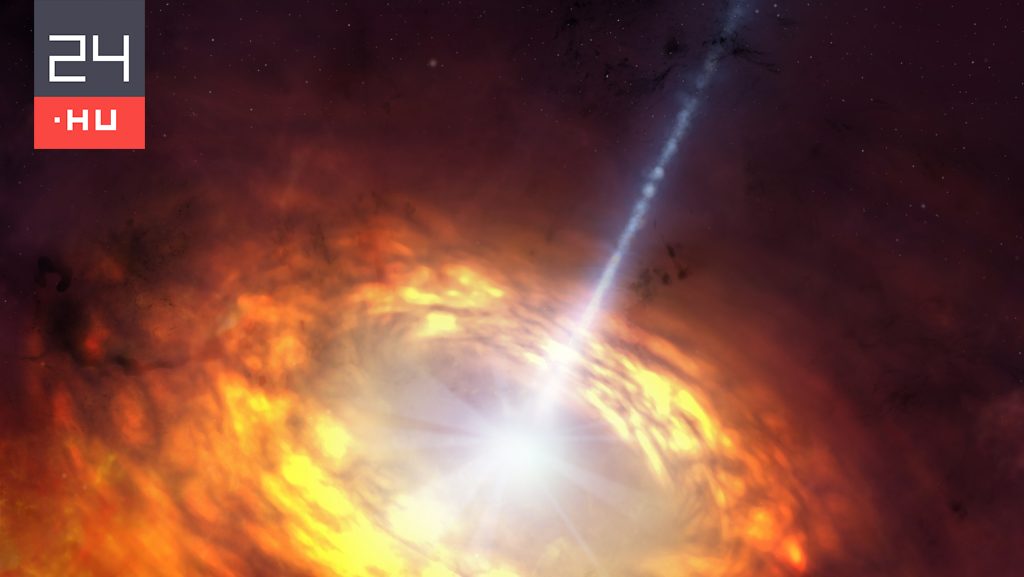Luke Barnesof Western Sydney University, and colleagues A Conversation The latest is presented on its surface their studies. Experts have discovered one of the largest jets of a black hole in the sky.
Galaxy NGC 2663, located 93 million light-years away, is a neighboring cosmic galaxy. The system doesn’t look very special with an ordinary telescope: it’s elliptical and contains nearly ten times as many stars as the Milky Way.
However, Barnes, using the ASKAP (Australian Square Kilometer Array) radio telescope network, detected a jet in the galaxy coming from the central supermassive black hole. The beam is about 50 times larger than the galaxy itself, and if we could see it in the sky with the naked eye, it would appear larger than the moon. Although similar planes have been discovered before, the new beam is exceptional due to its size and proximity to NGC 2663.
The results also showed that intergalactic matter compresses the sides of the plane, causing it to contract and expand. According to the researchers, it is a feedback loop: intergalactic matter feeds the galaxy, a black hole forms in the galaxy, and the black hole forms a jet, which then slows the flow of matter into the galaxy.












































